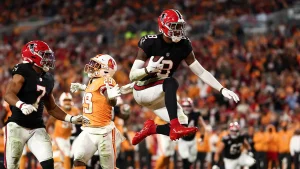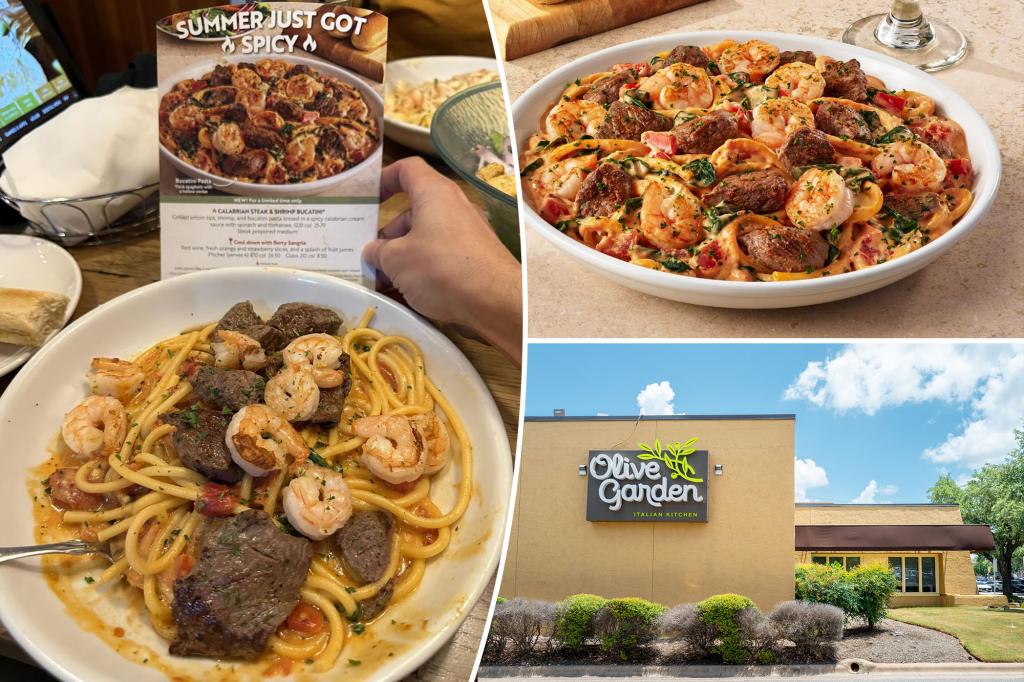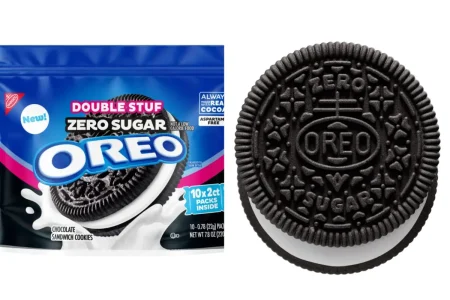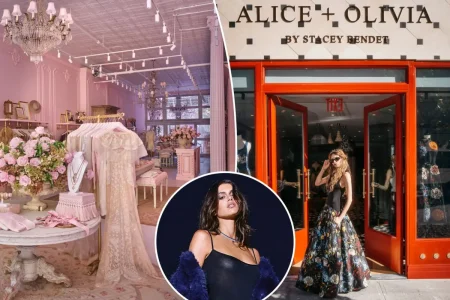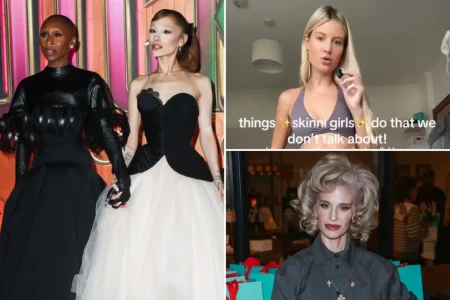When Food Doesn’t Match the Picture: An Olive Garden Customer’s Disappointment
A recent incident at Olive Garden has sparked a lively debate about expectations versus reality in restaurant dining. The story, which gained attention after being shared on Reddit, centers around a customer who was “very upset” when his steak and shrimp bucatini arrived looking noticeably different from the enticing advertisement that had prompted his order. His wife, who posted the comparison photos online, admitted she thought her husband was “overreacting” to the discrepancy. In her subsequent comments, she revealed the depth of his dissatisfaction, quoting him as saying, “they put in no effort” and dramatically wishing celebrity chef Gordon Ramsay could witness the culinary disappointment firsthand. The post quickly attracted hundreds of comments, with the majority of Reddit users siding with the wife’s assessment that her husband’s reaction was indeed excessive.
The online community was quick to point out something most experienced diners already know: food in advertisements rarely resembles what actually arrives at your table. As one commenter succinctly put it, “He’s overreacting. Show him videos about food styling.” Others elaborated on this point, explaining that commercial food photography involves specialized professionals known as food stylists who use various techniques to make dishes appear more appetizing. These methods often include using inedible substances, applying special lighting, and employing digital enhancement – none of which are practical in a busy restaurant kitchen preparing hundreds of meals daily. Several commenters gently suggested that if the husband wanted food that perfectly matched professional photography, he might need to adjust his expectations or visit establishments with higher price points and more individualized preparation.
The discussion took an interesting turn when one Reddit user shared a behind-the-scenes perspective from someone with firsthand experience in the industry. They recounted how their wife had worked at a Wendy’s location chosen for commercial filming, describing the process as involving “unreal” amounts of work and “illusions” to achieve the perfect look for advertisements. This insight reinforced what many in the thread were saying – that food photography is essentially a form of specialized marketing rather than a realistic representation of what customers should expect. The comment directed people to YouTube, where numerous videos document the techniques food photographers use to make ordinary dishes look extraordinary, including tricks like using motor oil instead of syrup or glue instead of milk to create more visually appealing images that would be completely unappetizing, if not inedible, in reality.
Many commenters approached the situation with humor, emphasizing that the customer’s expectations seemed particularly misplaced given the restaurant in question. “Sir, this is an Olive Garden,” one person quipped, echoing a popular meme format that essentially communicates: “What did you expect?” This sentiment appeared repeatedly throughout the comments, with several people noting that while Olive Garden offers comfortable dining and familiar Italian-American cuisine, it exists within the casual dining segment of the restaurant industry, where food is prepared quickly and at a moderate price point. Some even complimented the actual dish shown in the photo, with one person writing, “Oh wow, that actually looks great for Olive Garden. Would not complain one bit.” Others suggested a more pragmatic approach to restaurant dining: “Did it taste good? If yes, don’t complain.”
The contrast between expectations and reality extends far beyond this single Olive Garden experience, touching on broader consumer psychology and marketing ethics. People are naturally drawn to beautiful images of food, and restaurants understand this, investing significantly in professional food photography to entice customers. However, this creates an inherent tension when the actual product cannot match the idealized version. Some industry observers argue that this practice, while common, borders on deceptive advertising, particularly when the discrepancy is extreme. Others counter that most adults understand the game being played and adjust their expectations accordingly. Either way, the disappointment experienced by the Olive Garden customer represents a common moment of consumer disillusionment that most people have experienced at some point while dining out.
Perhaps the most constructive comments in the discussion offered a perspective shift about the purpose of restaurant dining. While visual presentation certainly contributes to the dining experience, many argued that taste, service, and value should be the primary metrics by which a meal is judged. As one commenter wisely suggested, “Tell him about food styling and tell him that if he wants a meal like that, he needs to go to a Michelin-starred restaurant. Olive Garden is not a Michelin-star restaurant. Eat your food and be happy.” This practical advice encapsulates what might be the healthiest approach to restaurant dining: understand the context, adjust expectations accordingly, and focus on enjoying the experience rather than comparing it to idealized marketing images. After all, a meal should ultimately be judged by how it satisfies hunger and pleases the palate, not by how closely it resembles a professionally styled photograph.

